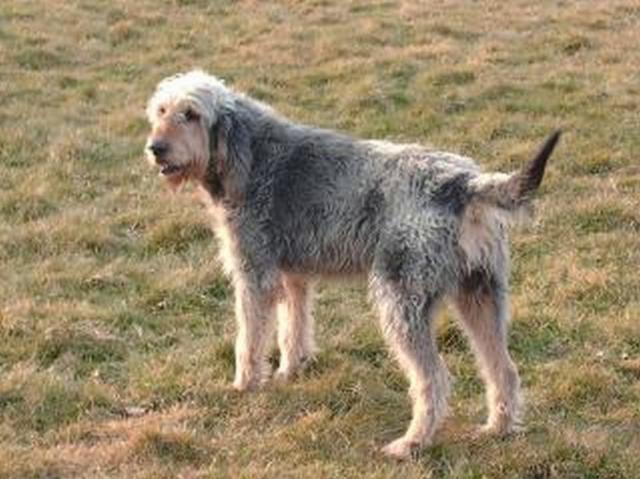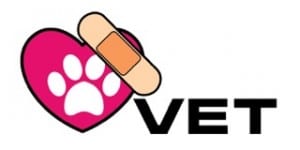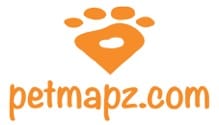Type the name of the breed you're looking for below
[wpdreams_ajaxsearchlite] Don't see the breed your're looking for? Click here and let us know!
Breed Characteristics
1 paw - breed exhibits the least amount of this characteristic
5 paws - breed exhibits most amount of this characteristic
Griffon Nivernais
| Other Names | Chien de Pays |
| Country of Origin | France |
| Weight | 49 - 55 lbs. (22 - 25 kg) |
| Height (at withers) | Males: 21.5 - 24.5 in. (55 - 62 cm) Females: 21 - 23.5 in. (53 - 60 cm) |
| Coat | Long, shaggy and bushy, rough, strong; slight beard and mustache. |
| Colour | Colour of the coat is grizzled in general appearance, gris clair to gris sanglier, light grey to boar grey. The coat is agouti, with each hair darker at the base than the tip. White hairs are scattered through the coat. Colours are fawn very slightly overlaid with black (poil de lièvre, hare coat), sable overlaid with black (gris loup, wolf grey), and fawn overlaid with blue (gris bleu, grey blue). There may be a small white spot on the chest. |
| Litter Size | 3 - 6 puppies |
| Life Span | 12 - 14 years |
| Origin & History | The Griffon Nivernais was a breed kept by French noblemen which disappeared after the French Revolution. The breed was reconstructed beginning in 1925, by some hunters in Morvan, modeling on the ancient types that came to Europe with the Crusaders and the type called "Canes Segusii" or the Celtic Hound by early dog writers. The original dogs were used to hunt wolves and wild boar in the fourteenth century, and were much larger than the modern-day breed. The reconstruction of the breed was done based on the Grand Griffon Vendéen. Other breeds used were the Otterhound and Foxhounds. The breed was small in number for many years, but is now experiencing a revival. The breed has a good nose and a good voice, and is a good and very alert hunting dog for hunting in thickets and difficult terrain. Examples of the Griffon Nivernais have been exported to other countries, where they are promoted as a rare breed for those seeking a unique pet. |
| Personality | The breed's ideal temperament is described in the breed standard as being courageous, and it is also described as obstinate and independent. Temperament of individual dogs may vary. |
Care Requirements
| Health | No unusual health problems or claims of extraordinary health have been documented for this breed. |
| Grooming | The tousled appearance of the Griffon comes naturally, and any trimming is highly discouraged. Its double coat must be brushed and combed. The burrs and mud it picks up in its travels need to be brushed off its legs and belly. Its long ears can harbor infection and should be cleaned regularly. |
| Exercise | All the Griffons are keen hunters with strong instincts. They thrive on being able to follow their noses at least once a day. Provided with a large, safe area in which to sniff and explore to its heart's content, a Nivernais will be a very happy dog- even if it is just once a week. Short of hunting opportunities, Griffons must have time outdoors. Long walks are most appreciated- bred as hunting dogs, they do not tire easily. |
| Other Considerations | The Griffon Nivernais adapts to city life very easily and will fit into an urban environment at a very early age. These dogs make good apartment dogs and fare well in small houses or households. They do not need to be chained up all day, as they require a steady amount of exercise to stay healthy, alert, and attentive. They enjoy staying in a kennel but will require some freedom to roam on occasion. These dogs can become particularly destructive if they are housebound for extended periods of time. They are compact, vivacious, and bold and constantly seeking adventure. As a result, they can become depressed or listless if they are not given an appropriate amount of attention. |



